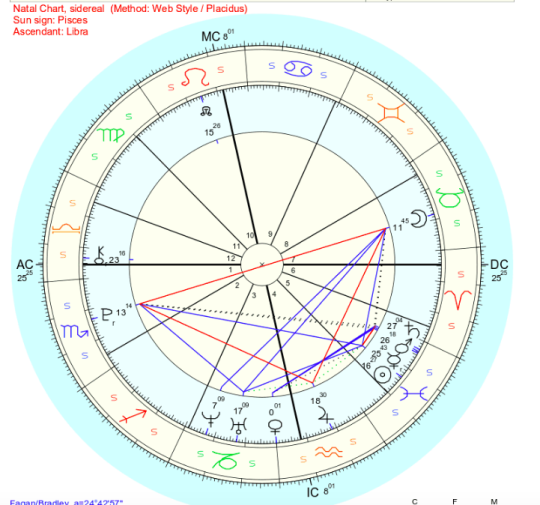


If the zodiac is based on the seasons, then you run into an issue since the seasons are flipped in the northern and southern hemispheres.There are important problems that supporters of both approaches still have to resolve:.Ultimately what we have to do is go back to the fundamentals and figure out where we are getting each concept from: rulership, modalities, gender, etc.The problem in the Hellenistic tradition is that they seem to have drawn on both tropical and sidereal considerations.One potential way of answering this is figuring out what zodiac the ancients originally intended to use.Attempts to answer the question from a historical perspective:.Or is it possible that both are valid in some way?.Is it the case that one approach is valid and the other is not valid?.Do they attribute the same qualities to the signs?.Do tropical and sidereal astrologers use the zodiac in the same way?.Astrologers have to settle this as a technical, conceptual, and practical issue.Separate issue is the use of precession as an attack vector by skeptics.It is complicated by the long traditions behind each, and the tendency for astrologers to identify with their chart placements.This is a genuine technical debate that has decent pros and cons on both sides.Brings us today where there is a debate between astrologers about which is best to use.General called “western sidereal astrology” now. In the 20th century some western astrologers started using sidereal.Sidereal mainly used by Indian astrologers.All Sun-sign columns use the tropical zodiac.Tropical is primarily used by western astrologers since the middle ages.A planet at 14 Aries in tropical is around 20 Pisces in sidereal.Subtract about 24 degrees from a tropical position to get sidereal position.Today the tropical and sidereal zodiacs differ by about 24 degrees.Minor change in a lifetime, but adds up over centuries.Due to precession they move about 1 degree every 72 years.In this period the zodiacs were roughly aligned, so there was no issue.Based on the solstices and the equinoxes.Later by the 2nd century we see Ptolemy firmly adopt the tropical zodiac.The constellations themselves are uneven, but the “signs” are not.Sidereal zodiac with 12 signs of 30 degrees each.By the 5th century BCE the zodiacal signs were standardized in Mesopotamia.Ecliptic is the path the planets take across the sky.Started with the constellations along the ecliptic.For more info on this see: The Tropical, Sidereal and Constellational Zodiacs.There are three zodiacs: constellational, sidereal, and tropical.Here is an outline of some of the main points that we focused on during the course of this episode, based on the show notes that were prepared before we talked: This prior focus on the fixed stars via their lunar zodiac made the sidereal zodiac more appealing because it lined up better than the seasons, and as a result the vast majority of astrologers in India today use a sidereal zodiac.In episode 60 of the podcast astrologers Kenneth Miller and Nick Dagan Best join the show in order to help me tackle the zodiac debate, and discuss the differences between the tropical and sidereal zodiacs.īelow are notes on some of the topics that we discussed in the episode, followed by the link to listen to the recording of this episode of the podcast. The reason for this is probably that they had an earlier indigenous form of astrology that was based around a 27 ‘sign’ lunar zodiac called the ‘ nakshatras’, and this was firmly anchored in the sidereal framework since each sign of this lunar zodiac was tied to a specific fixed star. There was a strong connection between early western astrology and Indian astrology around the 1st and 2nd centuries, but the Indians decided to use the sidereal zodiac of the constellations rather than the tropical zodiac of the seasons. Sidereal is mainly used by Indian astrologers. the ecliptic).īy the 5th century BCE the zodiacal signs were standardized in Mesopotamia, thus the oldest in use. This is the one astronomers use.Ĭonstellational Zodiac is based on the uneven constellations that lie in the path of the Sun, Moon and planets (a.k.a. The framework for the star background is the constellations the sun passes in front of.

The Sidereal Zodiac is the position of the sun referenced against the star background, as a measure of the flow of time. This gives you the seasons as a measure of the flow of time. Most, who have an interest in astrology refer to the Tropical Zodiac, which is based on the position of the sun referenced against the horizon of the earth at a particular locale.


 0 kommentar(er)
0 kommentar(er)
